Description
All resources are in electronic format and can be downloaded from your account or email – How to Download. Payments will be processed instantly after checkout. Please note that all sales are final and non refundable. If you still have questions, find answers on our FAQ page or just send us an email at inquiry@testbankcorp.com, we will respond as soon as possible.
CHAPTER 1 QUIZ QUESTIONS
1. The number of franchised business establishments has continued to growth in the U.S. Today there are approximately ( ) franchise businesses in operation.
A. 150,000
B. less than 1,000
C. approximately 800,000
D. Over 2,500,000
2. A major reason for success of franchising is that the franchisor can use all of the following from the franchisee EXCEPT for the franchisee’s:
A. financial equity
B. personal drive and motivation
C. community goodwill
D. proven methods of operation
3. In the franchise industry, the person or business providing the rights to an individual for the local distribution and/or sales of a specified product or service is called the:
A. franchisee
B. district developer
C. franchisor
D. city council
4. The business arrangement, otherwise called a franchise opportunity, has three major components that constitute the essence of what is generally referred to as a franchise. Which one of the following is not part of a franchise business arrangement?
A. use of product or service
B. use of private labels to brand or trademark product or service
C. a franchisor’s trademark and/or logo
D. payment of a royalty fee
5. A dealer who distributes product from a product line supplied by a franchisor is considered to be engaged in:
A. product- and trade-name franchising
B. business format franchising
C. an independent business venture
D. none of the above
6. The approach to be used by a franchisee in providing the franchisor’s products or services to the customer is called:
A. business licensing
B. free-form business opportunity
C. business format franchising
D. an open business opportunity
7. Probably the earliest example of franchising in the United States is most likely to be:
A. Kentucky Fried Chicken
B. McDonald’s
C. Western Auto
D. McCormick Harvesting Machine Company
8. Which of the following industries provides the earliest and lasting example of franchising in the U.S. economy?
A. beverage industry
B. retail fast-food industry
C. automotive industry
D. steel industry
9. In 1979, the Federal Trade Commission established Rule 436.1, also known as the Franchise Disclosure Act, for the purpose of:
A. encouraging expansion of franchise systems
B. diminishing illegal and unethical practices
C. recruiting independent businesses to become franchisees
D. none of the above
10. Composite data about the franchise industry itself suggests which approach to franchising continues to experience strong growth:
A. product- and trade-name franchising
B. business format franchising
C. co version franchising
D. all of the above are growing about equally

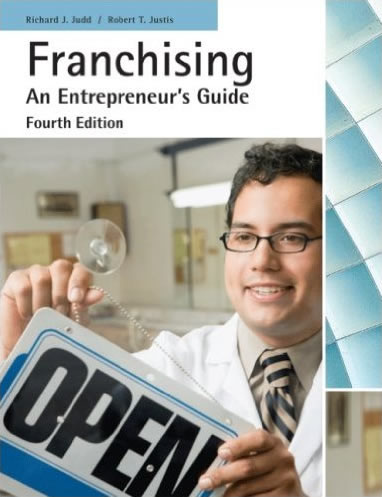
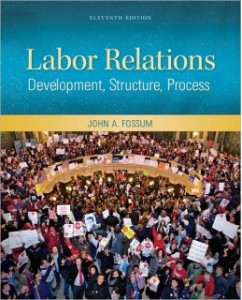
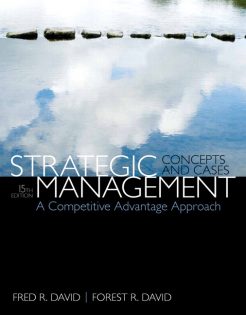
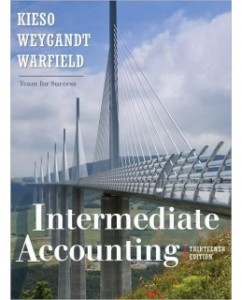
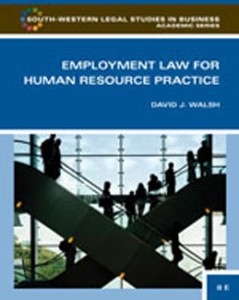

Reviews
There are no reviews yet.